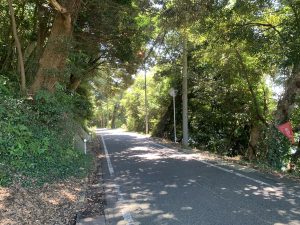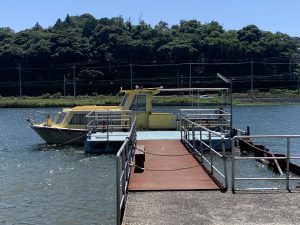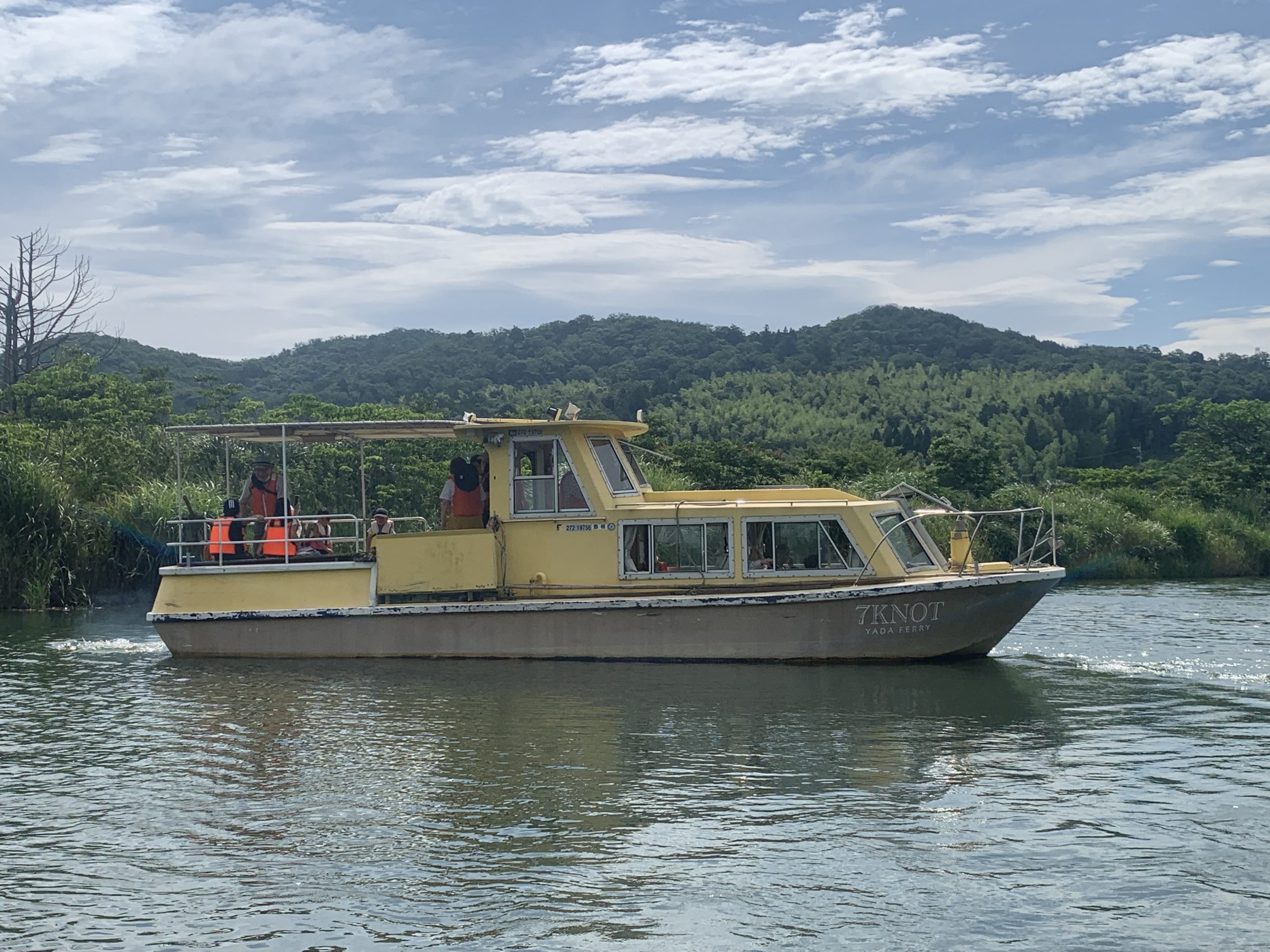This article is about Yada Ferry in Matsue, Shimane, and its challenges due to construction of a new bridge near the ferry stop. Despite this difficulty, Yada Ferry has shown resilience and adaptability by developing a campsite on an uninhabited sandbar called Kitsunemori-Jima in the river. The campsite offers a unique and refreshing experience for camp lovers, allowing them to escape from the stress of urban life and enjoy the wilderness.
Matsue – Yada Ferry and its challenges have symbolised civic pride in the Asakumi neighbourhood. Asakumi is a region in Shimane, Japan known for its picturesque landscapes and natural beauty, surrounded by forests and located near the Ohashi River. The ferry, Nana Knot, painted in traditional two-tone colours of yellow and brown, harks back to ancient Japanese colours, adding to its charm and cultural significance.

Thanks to Japan’s efficient transportation system, getting to Matsue is convenient and straightforward. For those who want to savour the journey, the Sunrise Izumo sleeper train offers a delightful 12-hour ride from Tokyo to Matsue Station. With private cabins and scenic views, it’s a luxurious option for travellers. The roundtrip ticket costs approximately 50,000 yen ($450), and a more budget-friendly bunk bed option is also available.
If speed and comfort are your priorities, the Bullet Train is an excellent choice. The trip takes about eight hours, and you’ll need to make a transfer at Okayama Station to the Local Limited Express Yakumo, which goes directly to Izumo Station. The roundtrip fare for this option is below 40,000 yen, making it an affordable and convenient choice.
For travellers who prefer the flexibility of a car, renting one near the station is also an option. Matsue’s transportation options ensure that tourists have various choices to suit their preferences and budget, making the journey to this beautiful city in Shimane Prefecture a pleasant and accessible experience.

The ferry service carries passengers across the Ohashi River, which flows to Matsue’s symbolic and vast Shinjiko Lake, dividing the city into the Kyohoku (north) and Kyonan (south) areas. According to historical records like the Izumo Fudoki, which describes the culture and climate of Izumo province, the ferry boats have been in operation since ancient times. However, among these historical boats, only the two-tone coloured Nana Knot remains in operation, struggling to survive in modern times.
The decline in passenger numbers has been a significant challenge for Yada Ferry, primarily due to construction of a new bridge near the ferry stop. As more people choose the convenience of the bridge over the ferry, the ferry service’s viability has been impacted. Despite these difficulties, Yada Ferry has shown resilience and adaptability by developing a campsite on an uninhabited sandbar called Kitsunemori-JIma in the river.
The discovery of the sandbar’s value as a campsite was made by a Yada Ferry staff member who tended to the island. The campsite offers a unique and refreshing experience for camp lovers, allowing them to escape from the stress of urban life and enjoy the wilderness. Moreover, the campsite’s proximity to Matsue Station makes it convenient for travellers and locals to access the natural retreat without much hassle.
In the face of challenges, Yada Ferry’s dedication to maintaining its operations and finding innovative ways to attract visitors demonstrates the community’s pride and commitment to preserving its cultural heritage and natural assets. The ferry service has become a symbol of the neighbourhood’s resilience and connection to its historical roots, making it an essential aspect of Asakumi’s local identity and pride.
Yada Ferry
Price and more detailed information
10 Asakumi Matsue, Shimane
Visitors can find car parking near the ferry stop

